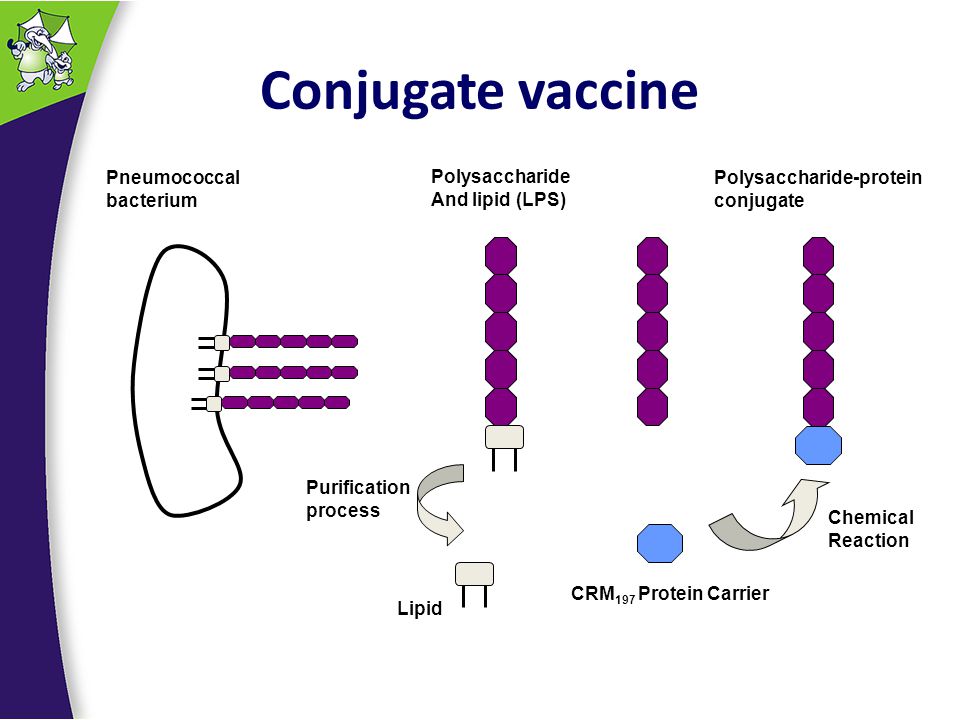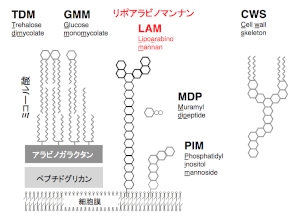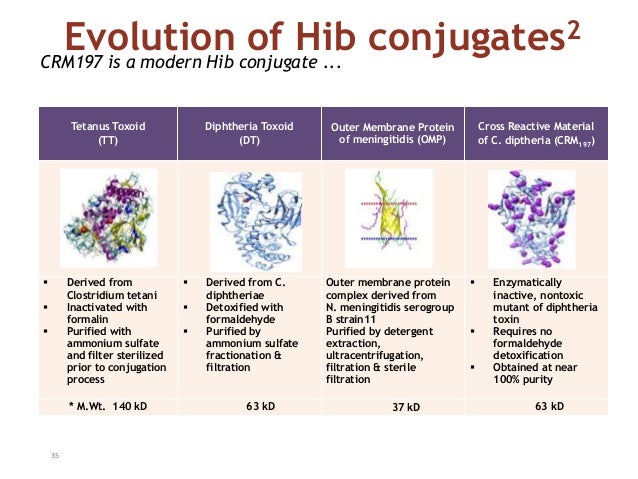英国で子宮頸がんワクチン接種世代の子宮頸がんが増加しているデータについて、スクリーニングが24.5歳からになったためだという論文ですが、あれ、やっぱり嘘だったみたいです。
過去5年間にスクリーニングを受けた20歳から24歳の女性は、2.2%
人口の変化がないとして、
2.2%すべてが24.5歳から25歳未満とすると、24.5歳以上25歳未満の女性の2割未満

青 less than 5 years
紺 less than 3.5 years
英国で子宮頸がんワクチン接種世代の子宮頸がんが増加しているデータについて、スクリーニングが24.5歳からになったためだという論文ですが、あれ、やっぱり嘘だったみたいです。
過去5年間にスクリーニングを受けた20歳から24歳の女性は、2.2%
人口の変化がないとして、
2.2%すべてが24.5歳から25歳未満とすると、24.5歳以上25歳未満の女性の2割未満

青 less than 5 years
紺 less than 3.5 years
細胞膜の外側には、あらゆる動物細胞がグリコカリックスと呼ばれる縮れたコートをまとっている。このコートは膜の糖脂質と糖タンパク質の炭水化物部分からなる。人によってグリコカリックスは異なり、一卵性双生児のみが科学的に同質のものを持つ。グリコカリックスは体が細胞や組織を識別するために使われ、自分自身の健康な細胞を、移植した組織、罹患した細胞、または侵入した生物と区別する。グリコカリックスはまた細胞接着分子も含み、胚発生の間、細胞がお互いに接着したり、細胞の動きを助けたりする。[2]グリコカリックスが毛細血管内に充満した赤血球の形を変えたり、血管系の他の多くの機能に重要であると思われることが研究で示され、現在も研究されている。[3]
多糖体に対する抗体を作るワクチン 肺炎球菌ワクチン、ヒブワクチン、髄膜炎菌ワクチン リンク
プレベナーの抗原 多糖体とタンパク


この治療は、子宮頸がんワクチンの副反応の治療と同じですね。東京で治療ができたら良いですね。
川崎病に血漿交換や血漿交換とステロイドパルスで治療した例。
We present a case of Kawasaki Disease (KD) that was refractory to plasma exchange (PE), but which finally responded to concurrent intravenous methylprednisolone pulse (IVMP) and PE treatment. To determine direct and indirect evidence for the efficacy of this combination therapy, we analyzed data of patients with refractory KD by review of the literature using medical databases and cytokine profiling. For literature searches, we used the Pubmed™ and Ichushi™ databases. Search terms used included "Kawasaki disease" and "plasma exchange" to extract articles that described KD cases treated with PE. For cytokine profiling, we measured interleukin (IL)-6, soluble tumor necrosis factor-α receptor (sTNF-αR) type 1 and type 2 before and after PE and PE with IVMP. Our search revealed 201 KD patients treated with PE, of which PE treatment was effective in 188 patients (93.5%), but not in 13 cases (6.5%). All 13 cases were treated successfully with additional treatment. Of the 13 cases, only six (2.5%) had recurrence during the PE treatment period. In our case, cytokine profiling showed PE treatment decreased IL6, while sTNF-αR type1 and type2 remained at high levels. PE and IVMP decreased IL-6 and sTNFα-R type 1 and type 2 levels.
PE concurrent with additional anti-inflammatory treatment such as IVMP might be a very promising treatment option for PE refractory patients.
https://www.cochranelibrary.com/cdsr/doi/10.1002/14651858.CD012448/full
コクランの森先生他が、IVIGの効かない川崎病の治療にTNFブロッカーを使用することが適当かどうかのシステマティックレビューをするよう呼び掛けている
ORAI1タンパク質は細胞膜上のカルシウム(Ca2+)チャネル(Ca2+を選択的に透過する透過口)で、川崎病の発症や重症化に関わりが深いと考えられる「Ca2+/NFAT経路」の活性化に重要なタンパク質です。

2007年にITPKC遺伝子、2010年にCASP3遺伝子が川崎病に関わっていることを発見しました。
(中略)
その結果、新たにFAM167A-BLK、CD40、HLAの3つの遺伝子領域が川崎病と強く関連することが分かりました。
FAM167A-BLKとCD40の遺伝子領域については、成人期に見られる関節リウマチや全身性エリテマトーデスなど、自己免疫性疾患の発症との関連が知られている領域と一致していました。

(kikiさんのツイッター紹介のスライドから)
川崎病モデルマウス (藤本ら、2010). レンチナン(β‐グルカン)の腹腔接種で川崎病類似の病態が出現
レンチナン、多糖体(ポリサッカライド)

藤本さんはがんの研究を進める中で、シイタケの抽出物で、抗がん作用があるとされるレンチナンをマウスに注射したところ、予想に反して早死にすることに着目。このマウスを解剖したところ、冠動脈瘤が形成され、冠動脈で血管の形状を保つ働きをする「弾性板」がボロボロに傷むなど、川崎病に酷似した症状が現れていることがわかった。リンク
An outbreak of pertussis was recognized in a highly immunized sixth-grade class of schoolchildren. Among 43 children aged 11-12 years in the class, 38 had been immunized with three doses or more of DTP containing whole-cell pertussis vaccine, two with two doses of DTP and three children were unimmunized. The last DTP vaccines had been given 6-10 years before the outbreak. A total of eight children with pertussis suffering paroxysmal coughing attacks for 3 weeks or more were identified, seven being fully immunized and one unimmunized. Among the eight cases, two were confirmed by both culture and serology and one by serology alone. The attack rate in fully immunized children was 18.4% (7/38). Secondary spread of pertussis was identified in five of the households from which the eight patients originated. A total of six cases of pertussis from these five households were identified, and two of these were culture-confirmed. These observations suggest that vaccine-induced immunity weakens considerably 6-10 years after vaccination, and that booster immunization with DTP instead of DT is therefore recommended for the control of pertussis.
日本の症例報告、DPTワクチン接種後の川崎病
Pediatrics International. 54():119, FEB 2012
Issn Print: 1328-8067
Publication Date: 2012/02/01
Kawasaki disease (KD) is a childhood vascular disorder of unknown etiology. Concerns have recently been raised regarding vaccinations as a potential risk factor for KD. In addition, various forms of vasculitis have been reported as adverse events following administration after various vaccines. Patients exhibiting post vaccination KD have previously been described; however, thus far, to the best of our knowledge, only one patient exhibiting post influenza vaccination KD has been reported in Japan. The present study describes a case of KD 24 h after immunization with influenza in an infant (age, 18 months) following 6 days of high fever, a body rash that had persisted for 2 days and nonsuppurative bilateral conjunctivitis. To the best of the authors' knowledge, this is the first reported case in Korea and the present study reviews various recent studies regarding vasculitis following vaccination and the causal association between them.
最新の論文から
The etiology and pathogenesis of Kawasaki Disease (KD) remain poorly understood. Amongst the diverse infectious and environmental factors examined to be triggers for, or be associated with KD, are immunizations. In this report, we first describe a Caucasian female who presented with classic KD shortly after receiving her routine 4 month vaccination series. Prior published case reports and large epidemiological studies, which explore potential associations between immunizations and KD and other vasculitides, are then comprehensively reviewed. The methodologic challenges which complicate analysis in this area are also considered. This article is protected by copyright. All rights reserved.
論文無料で読めます。日本の症例報告も参照しています。
オフィット氏のロタテックでは治験中に川崎病がプラセボの5倍発症していました。が、市場後調査では有意な上昇はなかったという結論になっています。(メルクですから調査の信頼性は劣ります)
Notably, KD was found at higher rates in those receiving RotaTeq (RV5; Merck, Whitehouse Station, NJ, USA) in the 42 days after vaccination compared with placebo, in phase 3 of clinical trials: unadjusted RR, 4.9 (5/36,150 vs 1/35,536).
この論文の結論は、ワクチン接種が、個々の小児で川崎病を含む血管炎と関連している可能性はあるかもしれない、特に新しく導入されたワクチンでは調査していくことが重要。
The current patient's first presentation after vaccination, with widespread rash and edema, was consistent with vasculitis; her second met the criteria for KD, and the prompt response to IVIG corroborated this diagnosis. The rapidity of symptoms after the second round of vaccinations suggested the possibility of antigen sensitization with her previous exposure and an immune‐mediated phenomenon. It is worth noting that the patient's personal contacts all lacked any illnesses around the time of diagnosis, and there were no other KD cases in the present hospital for 4 weeks before or after. Given an absence of issues after the 6 month immunizations when Rotarix was omitted, we suspect that this vaccine was the precipitating agent; nevertheless, an independent or combined effect with a concomitantly received immunization remains possible. In conclusion, vaccines may potentially be associated with vasculitides, including KD, in individual children, and ongoing, systematic surveillance of such events is warranted, particularly for newer immunizations.
抗原の比較
BCG
結核菌

肺炎球菌ワクチン
ジフテリアタンパク(CRM197)結合型ポリサッカライド

CRM197は以下の表の右端

髄膜炎菌ワクチン
ジフテリア毒素(CRM197)結合型莢膜多糖体抗原
ロタウイルスワクチン
弱毒性
ロタテックの内容 https://www.fda.gov/downloads/biologicsbloodvaccines/vaccines/approvedproducts/ucm142290.pdf
5 live rotavirus strains (G1, G2, G3, G4, and P1).Sucrose, sodium citrate, sodium phosphate monobasic monohydrate, sodium hydroxide, polysorbate 80 and also fetal bovine serum.Parts of porcine circovirus (a virus that infects pigs) types 1 and 2 have been found in RotaTeq.Porcine circovirus type 1 (PCV-1) and porcine circovirus type 2 (PCV-2) are not known to cause disease inhumans.
ポール・オフィットのワクチン、不純物として、Porcine circovirusが入っている
Vaersのデータから
川崎病が症状として報告されているもの
(1)ワクチンタイプ(複数同時接種のワクチンを含む)

(2)ワクチンタイプ(ワクチンのカウント1:複数同時接種のワクチンを含まない)

ワクチンのタイプ別では、肺炎球菌ワクチン、髄膜炎菌ワクチン、ロタウイルスワクチン接種後の報告が多い
(3)個々のワクチン(複数同時接種のワクチンを含む)

(4)個々のワクチン(ワクチンのカウント1:複数同時接種ワクチンを含まない)

川崎病

グラフの3つのピークはどれに対応しているのか?
Vaersで川崎病と関連しているワクチンを調べたらわかるか?
それから、乳幼児に導入された時期の同定も必要。

http://www.igaku-shoin.co.jp/paperDetail.do?id=PA03058_02

1979年のピークについて
http://blog.livedoor.jp/garjyusaiga/archives/52149092.html
日本におけるおたふくかぜワクチンの導入は1981年の占部Am9株(阪大微研)と星野株(北里研究所)が最初であった。その後1982年に鳥居株(武田)、89年に宮原株(化血研)、1990年にNK-M46株(千葉血清)が製造承認され、計5種類が実用化された。1988年には占部株を含む、いわゆる「MMRワクチン」が製造承認され、定期接種により大量に使用される様になった。
1982年のピークについて
ピークは、1981年から上昇を開始している
1981年、ムンプス生ワクチン任意接種開始、DTaPへの切り替え
DTPは、1968年定期接種、1975年接種一時停止
1981年開始した場合、キャッチアップは7学年分となる
DwPT 1973年から2ヵ月齢以上に
DaPT 2歳以上 1989年から3ヵ月齢以上に変更
https://www.mhlw.go.jp/stf/shingi/2r98520000035gut-att/2r98520000035gxh.pdf
1986年のピーク
?
厚生省は1985年6月からB型肝炎母子感染防止事業を開始し、全国の妊婦のHBs抗原検査を公費で行い、これが陽性の場合にはHBe抗原検査を行った。そして1986年1月1日以降、HBe抗原陽性HBs抗原陽性妊婦から出生した児に対して感染防御処置が公費で行われてきた。当時のHBワクチンは血漿由来であり、その抗体産生が現在の遺伝子組換えHBワクチンほど良くなかった点や、出生直後の新生児にHBワクチン接種することの安全性を危惧する声もあり、HBワクチン接種開始は生後2ないし3カ月とされ、その後1カ月、3カ月の計3回の接種が決まった。そして出生時と生後2カ月にHBIGを投与するというプロトコールが設定され、その後も用いられてきている。
The known association between hepatitis B and vasculitis has been reported in rare cases in adults after hepatitis B vaccination. We here describe a 35-day-old infant who developed Kawasaki disease 1 day after receiving his second dose of hepatitis B vaccine. Although extremely rare, this possible side effect should be noted and further investigated.